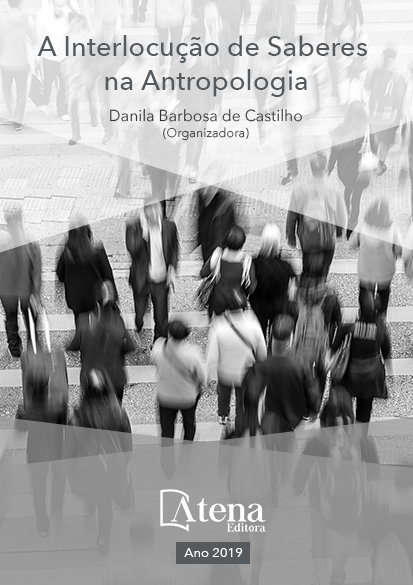
PUBLICIDADE E IMAGINAÇÃO INFANTIL: AS VAMPIRAS MONSTER HIGH E A MORTE DA INFÂNCIA
Em busca de realizar uma leitura
acerca da propaganda televisiva Monster
High direcionada às crianças, tomamos
como principal foco de análise o conjunto de
esquemas, símbolos e arquétipos que compõem
seu universo imaginário. Como referencial
teórico-metodológico de análise, consideramos
as estruturas antropológicas do imaginário
desenvolvidas por Gilbert Durand. As imagens
utilizadas como material de análise foram
capturadas diretamente da peça publicitária
e correspondem aos movimentos de câmera,
tomados como unidade de análise técnica
para a transcrição do conteúdo simbólico.
Ao fazer uso de símbolos e arquétipos que
permeiam o universo imaginário coletivo e
apropriar-se de elementos do imaginário
infantil, a publicidade recorre a valores afetivos
e emocionais, tornando a mensagem apelativa
e coerente com os anseios infantis. Através
do imaginário, as propagandas preenchem
a lacuna entre a realidade e os desejos dos
indivíduos, alimentando a esperança e a busca
pela felicidade, compensando as dificuldades e
solucionando fantasiosamente os problemas do
cotidiano, o que resultará, em última instância,
na vontade da posse dos produtos e serviços.
Na peça analisada, a sequência de imagens
que liga as três personagens animadas com
o produto ofertado, a mochila Monster High,
pretende responder aos desejos e anseios da
menina-moça e passa a simbolizar o êxito diante
do ritual ‘adultecedor’ que toda menina deve
atravessar um dia. Todo seu trajeto, que leva
em conta o simbolismo imaginário, suscita na
criança a esperança de que a partir da aquisição
do produto vendido, ela possa crescer e tornarse
notável entre seus colegas de escola.
PUBLICIDADE E IMAGINAÇÃO INFANTIL: AS VAMPIRAS MONSTER HIGH E A MORTE DA INFÂNCIA
-
DOI: 10.22533/at.ed.4521917018
-
Palavras-chave: Publicidade. Imaginário. Imagens. Infância.
-
Keywords: Advertising. Imaginary. Images. Childhood
-
Abstract:
In order to carry out a reading
about the Monster High television advertisement
aimed at children, we take as the main focus
of analysis the set of schemes, symbols and
archetypes that compose their imaginary
universe. As a theoretical-methodological
reference for analysis, we consider the
anthropological structures of the imaginary
developed by Gilbert Durand. The images used
A Interlocução de Saberes na Antropologia Capítulo 8 113
as analysis material were captured directly from the advertising piece and correspond
to the camera movements, taken as a unit of technical analysis for the transcription
of the symbolic content. By making use of symbols and archetypes that permeate the
collective imaginary universe and appropriating elements of the infantile imaginary,
advertising resorts to affective and emotional values, making the message appealing
and coherent with children's longings. Through imagery, advertisements fill the gap
between reality and the desires of individuals, fueling hope and the pursuit of happiness,
compensating for difficulties and fantasizingly solve the problems of everyday life, which
will ultimately result in the will to own products and services. In the piece analyzed,
the sequence of images that connects the three animated characters with the product
offered, the Monster High backpack, aims to respond to the wishes and wishes of the
girl-girl and symbolizes the success of the 'adult' ritual that every girl should cross a
day. The whole path, which takes into account the imaginary symbolism, raises in the
child the hope that from the acquisition of the product sold, it can grow and become
remarkable among his schoolmates.
-
Número de páginas: 15
- Karlla Christine Araújo Souza


